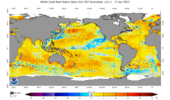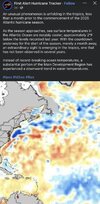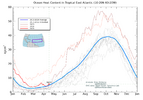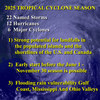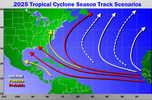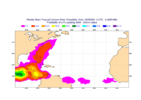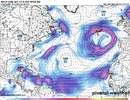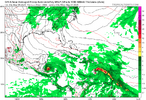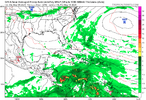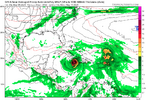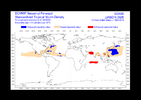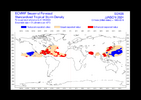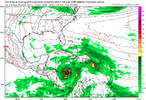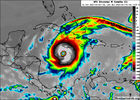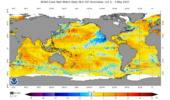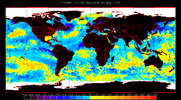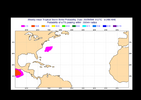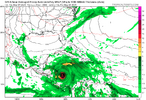LC
The presence of a strong, well-defined ITCZ convection array over northern South America strongly implies an early, and active, Atlantic Basin tropical cyclone season. This is with particular emphasis this season on the Gulf Coast and Southeast shoreline. Note that the frontal structure in the Great Plains is weakening; there will be a prominent severe weather threat in Iowa, Missouri, and Arkansas on Easter Sunday, but odds on significant moisture are no much less in Texas and Louisiana. The cool intrusion behind the front will have some effects in the Midwest/Great Lakes, and eventually the Northeast. But we are moving deeper into Spring, so impacts for possible heating demand are much less with the stronger sunshine.
And in case you were wondering, the above described synoptic pattern with an essentially neutral ENSO and very warm waters in the Atlantic Basin will favor an "early and often" tropical cyclone threat. Two of the numerical model monthlies have 3 or 4 threats in Texas, the Deep South, and Florida, and one possibly prolonged system influencing the Eastern Seaboard and Appalachia. These storms might conceivably break heat and drought, but most of the projected rain and temperature anomalies have the "hot/dry" look in the Mid-Atlantic until tropics help arrives in September and October.

 268weather.wordpress.com
268weather.wordpress.com


